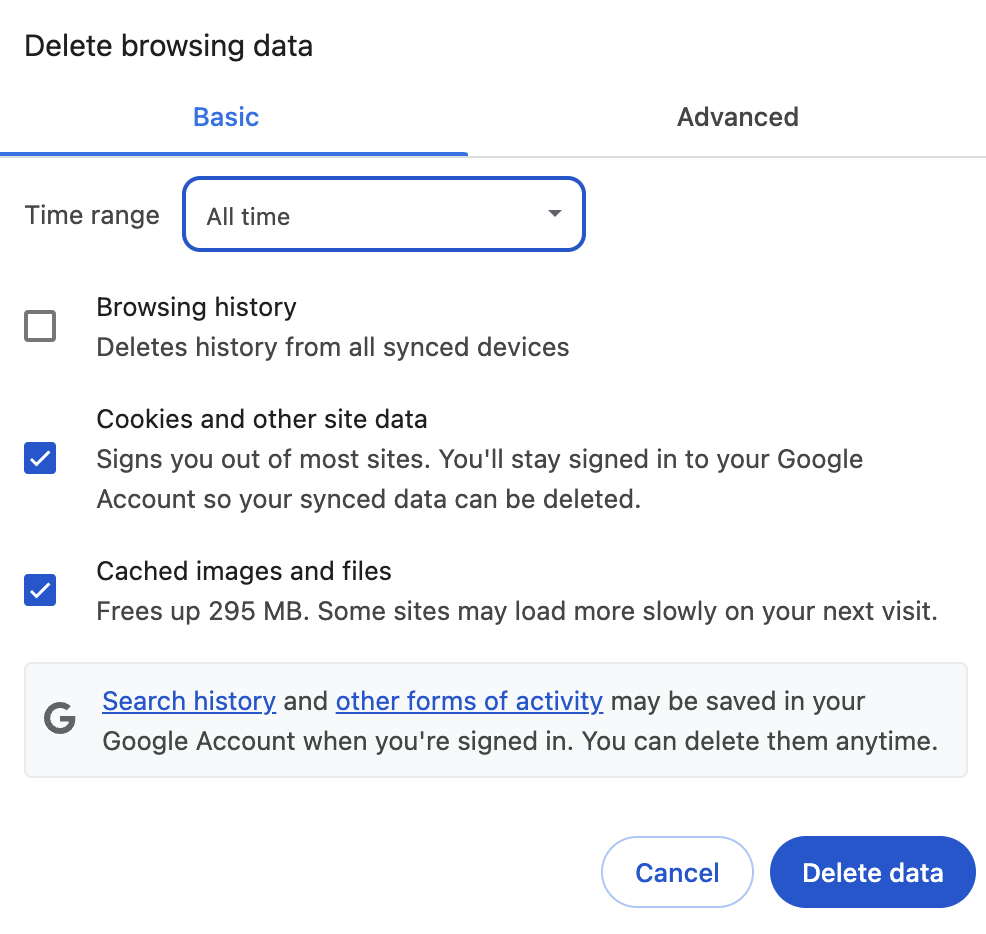
If you are still not sure whether to use BigQuery visit the first part (medium post) of this journey to checkout the indicators that can help reassure your decision.
TL;DR: Up next is a comprehensive guide for preparing to use BigQuery, covering essential steps from data assessment and cost control to schema design, ETL/ELT processes, security, testing, and ongoing monitoring and optimization. It emphasizes the importance of understanding your data, defining analytical use cases, and implementing cost-saving measures before fully adopting BigQuery for data warehousing and analysis.
Once you recognize the “right time” and decide to start using BigQuery, here are the key requirements and steps involved:
- Identify Data to Migrate: Determine which data from Firestore, Firebase, Cloud SQL, Spanner, and/or MongoDB is relevant for analytical purposes. This might include player profiles, in-game events, transactional data, telemetry, etc.
- Define Analytical Use Cases: Clearly define the analytical questions you want to answer with BigQuery. This will guide your data modeling and migration strategy. (e.g., player segmentation, churn prediction, game balancing, event performance analysis).
- Prioritize Data Migration: You might not need to migrate all data at once. Prioritize data based on immediate analytical needs and start with a phased approach.
- Setup Cost Guardrails: Navigating BigQuery costs initially can be daunting but the following official Google Cloud blog post outlines eight key strategies for controlling BigQuery costs, including setting quotas, limiting billed bytes, using budgets and alerts, writing efficient queries, partitioning tables, leveraging reservations, monitoring metrics, etc.
- Understand BigQuery Schema: Familiarize yourself with BigQuery’s schema structure (datasets, tables, columns, data types). BigQuery is columnar, which is optimized for analytical queries.
- Design Star or Snowflake Schema (Optional but Recommended): For structured data from Cloud SQL or MongoDB, consider designing a star or snowflake schema in BigQuery to optimize for analytical queries and joins.
- Schema Mapping for NoSQL Data (Firestore, MongoDB): For document-based data from Firestore or MongoDB, you need to map your document structure to a BigQuery table schema. Consider flattening nested documents and choosing appropriate data types.
If you like to use a visual interface powered by Gemini right in the BigQuery console take a look at this step-by-step guide on Data Preparation (medium post).
- Partitioning and Clustering: Plan for partitioning and clustering your BigQuery tables based on time and frequently queried columns. This can significantly improve query performance and reduce costs.
- Choose ETL/ELT Tooling: Select appropriate tools and methods for extracting data from your source databases, transforming it if needed, and loading it into BigQuery.
Google Cloud Dataflow: A powerful and scalable serverless data processing service, ideal for complex data transformations and streaming data ingestion into BigQuery from various sources, including Firestore, Cloud SQL (using JDBC connector), and message queues.
BigQuery Data Transfer Service: For simpler data transfers from Google Cloud Storage, YouTube Analytics, Google Ads, etc., and Cloud Storage transfers from other databases.
BigQuery Load Jobs: For loading data from Cloud Storage into BigQuery in bulk (CSV, JSON, Parquet, ORC formats).
Custom Scripts (Python, Go, etc.): For more tailored ETL processes, you can write custom scripts using BigQuery client libraries and database connectors.
- Data Transformation Logic: Implement any necessary data transformations during the ETL/ELT process. This might include data cleaning, data type conversions, data enrichment, and schema adjustments to fit your BigQuery schema.
- Incremental vs. Full Loads: Determine whether you need to perform full data loads initially and then incremental loads for ongoing data synchronization. For operational databases, incremental loads are usually preferred to minimize disruption.
- Data Validation and Quality Checks: Implement data validation and quality checks throughout the ETL/ELT process to ensure data accuracy and consistency in BigQuery.
- BigQuery IAM Roles and Permissions: Understand BigQuery’s Identity and Access Management (IAM) roles and permissions to control access to your datasets and tables. Grant appropriate access to analysts, data scientists, and applications.
- Data Encryption: BigQuery automatically encrypts data at rest and in transit. Ensure you understand and leverage encryption features as needed.
- Data Masking and Anonymization (If Necessary): If you are dealing with sensitive player data, consider implementing data masking or anonymization techniques in your ETL/ELT process or within BigQuery using authorized views.
- Query Validation: Thoroughly test your analytical queries in BigQuery to ensure they produce accurate results compared to your previous analyses (if applicable).
- Performance Testing: Test the performance of your queries in BigQuery to ensure they meet your performance requirements.
- Data Reconciliation: Reconcile data between your source databases and BigQuery to verify data integrity after migration.
- BigQuery Monitoring Tools: Utilize BigQuery’s monitoring tools in the Google Cloud Console to track query performance, costs, and data ingestion.
- Query Optimization: Continuously monitor query performance and optimize your queries and BigQuery schema as needed to minimize costs and improve efficiency.
- More Cost Management: Set up BigQuery cost controls and alerts to manage your BigQuery spending effectively.
Let me know in the comments how you are planning to build on BigQuery and share your story!
Source Credit: https://medium.com/google-cloud/ready-to-use-bigquery-heres-what-you-need-to-prepare-50c2f9ffe565?source=rss—-e52cf94d98af—4



